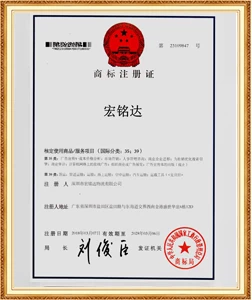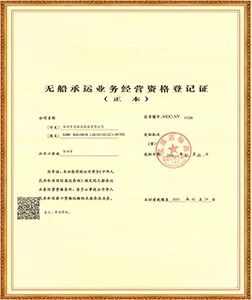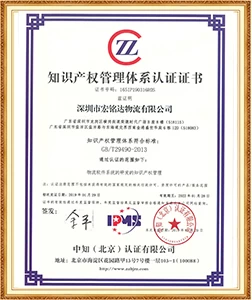Insufficient quantity! MSC takes the lead in price reduction!
Sunny Worldwide LogisticsIt is a logistics company with more than 20 years of transportation experience, specializing in Europe, the United States, Canada, Australia, Southeast Asia and other markets. It is more of a cargo owner than a cargo owner~

Shipping companies are looking forward to a wave of cargo shipments from mid-December to the Chinese New Year, that is, before the Lunar New Year. At the same time, shipping companies are also paying close attention to the progress of dockworker negotiations in the eastern United States and the latest developments in Trump’s tariff policy, hoping that these factors can stimulate shipments.
Industry insiders believe that if a strike does occur after January 15 next year and the Spring Festival is brought forward to the end of January, shipping companies may launch preferential prices before the holiday to stimulate shipments, which will help increase shipping volume. However, if the strike remains pending, its impact could become more apparent after the holidays. Once strikes disrupt the supply chain and cause port congestion, freight rates are expected to be supported.
As the shipping supply gradually returns to normal after the Golden Week, as well as the arrival of the traditional off-season and the end of the Double 11 e-commerce shipping season, although shipping companies have tried to control supply by reducing ships and reducing shifts, it is still difficult to reverse the downward revision of freight rates. pressure.
Especially for the US-Western Line, the reduction in supply caused by the reduction of ships and work cuts during the Golden Week combined with the diversion of some goods to the US-Western Line due to the three-day strike in the East-US, have supported and even increased the freight rates of the US-Western Line. However, due to the return of cargo volume in the East US and the impact of the off-season, the freight rates on the US West Line have also been revised accordingly.
In contrast, European freight rates are still holding up. According to insiders in the freight forwarding industry, considering that the signing of a new contract for the European line next year has entered the final critical stage and the major reshuffle of global shipping alliances, shipping companies are doing their best to maintain freight rates. This week, the freight rate per 40-foot container on the European line is approximately US,200-4,400.
At present, many shipping companies adopt two strategies to maintain freight rates: on the one hand, they control supply through technical cabin control; on the other hand, they stabilize market confidence by calling for increases and stops falling. At the same time, they will also adjust freight rates based on the ship's loading rate: if the ship is not loaded, the price will be reduced to grab goods; if the loading rate improves, the price will be maintained.
Although some ships are well loaded, it is difficult to increase freight rates so much as to avoid losing customers. Therefore, it is expected that European freight rates will maintain a slight increase or decrease.
Specifically, SCFI quotations in the latest week show that: the freight rate per 20-foot container from Shanghai to Europe fell by US to US,512; the freight rate per 20-foot container from the Mediterranean line increased by US to US,080; and the freight rate per 20-foot container to the US West line increased by US to US. The freight rate per 40-foot container dropped sharply by US8 to US,181; the freight rate per 40-foot container to the US East Line also dropped by US9 to US,062.
Overall, shipping rates are affected by many factors, each route has different trends, and the future is still full of variables.




















